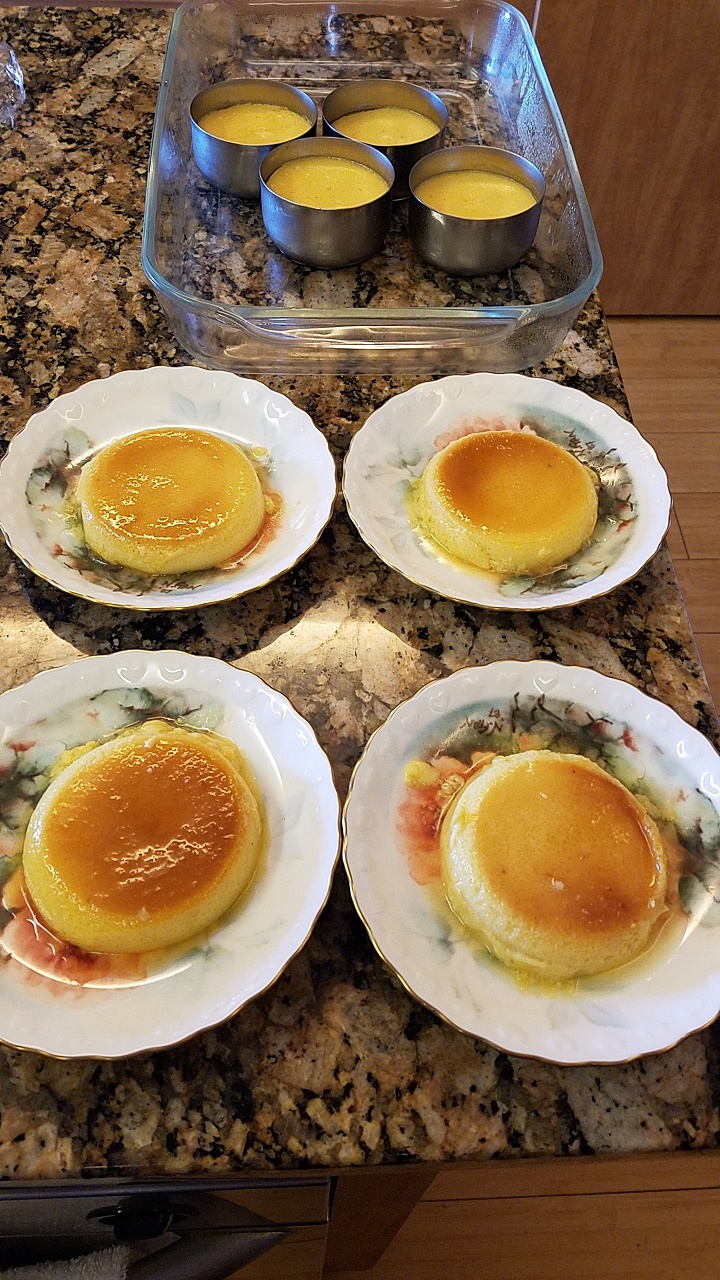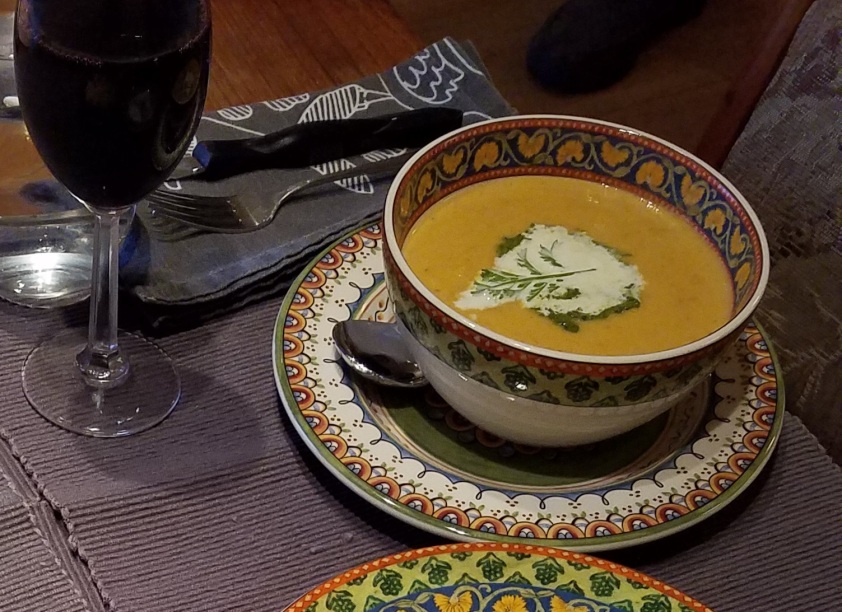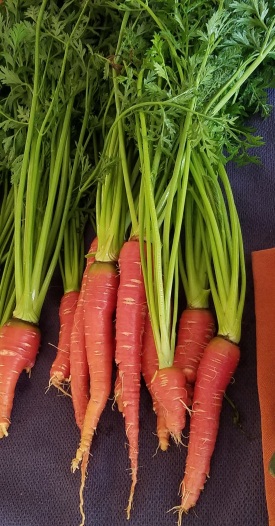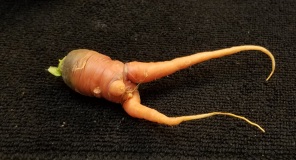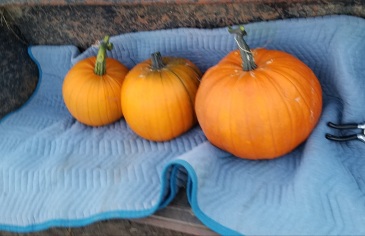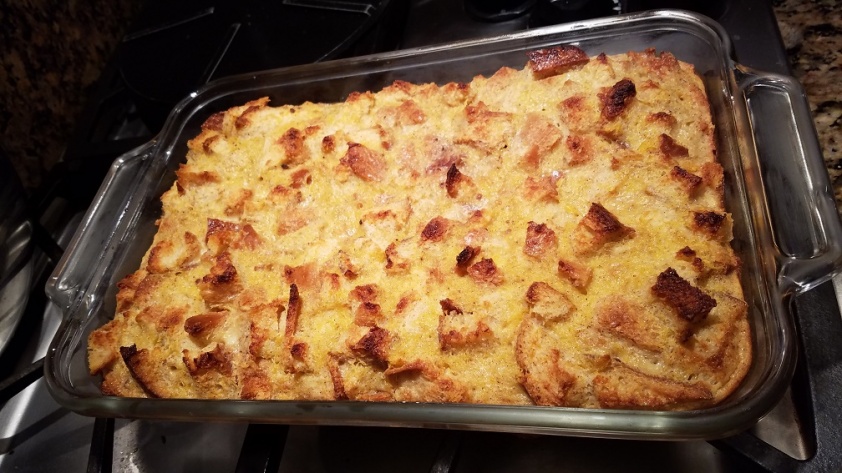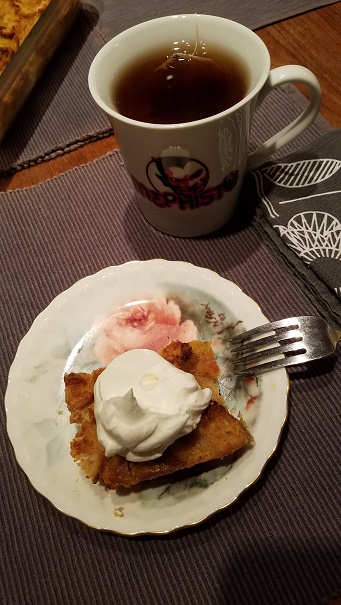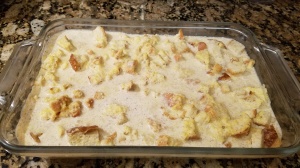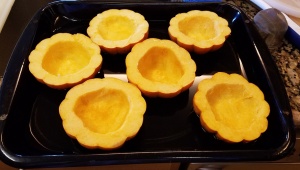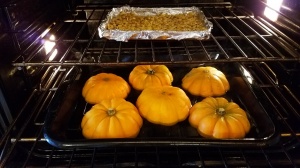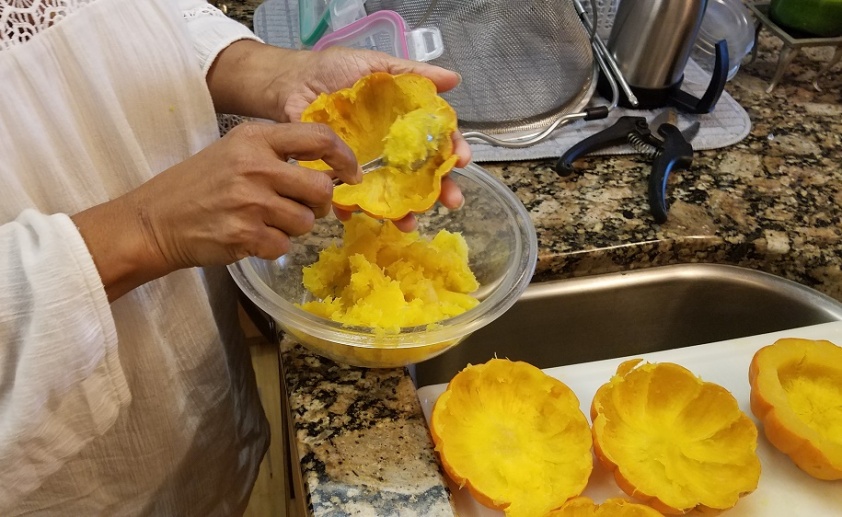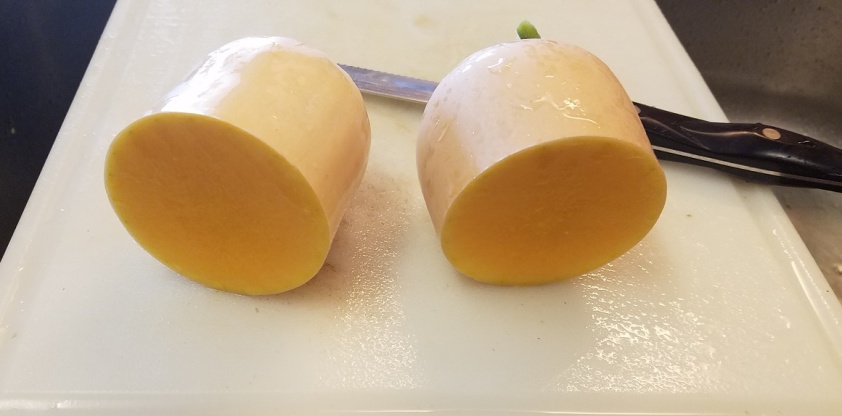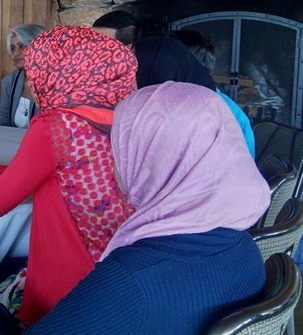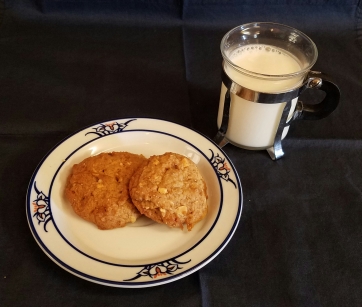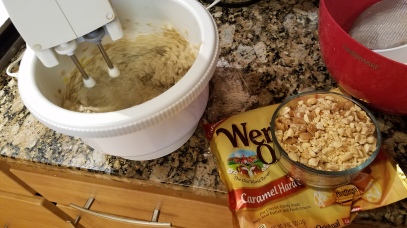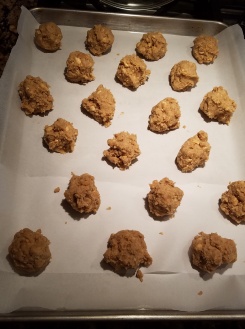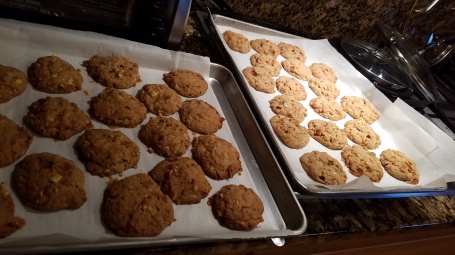A couple of Snake Stories
and a delicious recipe for Red Velvet Cookies (sans red food coloring)
A few days ago, my husband and I were with some friends in the parking lot of a restaurant when we saw a small well dressed group of people looking excitedly at the ground. We got closer and saw they were looking at a tiny snake and were concerned that either a bird would get it or it would get run over by a car.
As they were debating about how to rescue it, one of the men pulled a pair of pliers out of his pocket and bent to pick it up to, presumably, move it to safety. I couldn’t believe my eyes! How could picking up a snake of maybe 12-14 inches with a pair of pliers be a good thing?
Who carries around a pair of pliers in their pockets, anyway?
“Maybe he’s a dentist?” my husband asked hopefully.
What is this? The 14th century? Do dentists whip out pliers at the street corner when someone complains of a toothache and then quickly yank their tooth out?
But I digress. I watched in horror as the pliers neared the beautiful creature though I appreciate the sentiment of trying to safely move an animal without getting yourself killed.
“That’s a sharp-tailed snake,” I said, and swept it up with a pair of fingers, walked over to the side of the road and put it in a hedge.
“Look at you, picking up the snake,” one of the ladies in the group said, half admiringly. I realized I should have thought about this and come up with a better way of not outshining the gentleman who was trying to do a good deed. What if he was on a first date and trying to impress the woman? But I wasn’t really thinking, and sharp-tailed snakes are somewhat common where we live.
For some time now, I have had this dream of sweeping in and rescuing a screaming crowd from a snake attack. As a librarian, oft have I had to step in and break up fights, eject library villains, deflect miscreants, and so on. But most of these incidents just leave a nasty taste behind and rarely result in any glory. So I guess I keep hoping for that big moment on the spotlight.But since I am not particularly athletic, I can’t see myself outrunning a purse snatcher, diving into cold water to rescue a drowning lad, or prying a person out of the jaws of a crocodile (though I know now, you go for the nose, not the eyes). A snake just seems a manageable fiend, especially since I have had so much experience with them, and since there are so many people that are terrified of them.
My husband has always been a big fan of snakes. He is constantly picking up snakes and bringing them in the house. When the children were little he would let them touch snakes so often, that I was actually a little concerned that here, in California in rattlesnake country, the kids would not have any healthy fear of even venomous snakes and could get bitten.
But our children are both safely grown up now and fully understand, respect, and actually like snakes (well maybe our daughter more than our son). Over the years we have had many fun experiences with snakes, but some stories stick with me better than others.
Once when our children’s elementary school was having a picnic at a park, a large snake was spotted in the grass nearby. It was a snake about 4 or 5 feet long. Panic ensued and children, parents and teachers started screaming and climbing up on benches and tables. My husband did not hesitate. He leapt over a table, picked up the snake (which he recognized as not venomous), swung it around over his head like Indiana Jones (this I am just imaging), and tossed it into the bushes. He had saved the day!
I, unfortunately, was not at this picnic, but for the rest of the year, I heard about this swashbuckling rescue over and over again. It was wonderful for the children! And for me too.
I want to be that kind of hero too. After my parking lot snake incident was over, I was kind of disappointed at having lost my chance at derring-do.
Adoring crowds after the incident – 0
Number of videos of me rescuing the snake – 0
Number of videos of me disposing of a snake with my bare-hands that got posted on social media – 0
Number of opportunities to bask in glory missed – 1
However, I did my heroic deed today – by trying to invent a good recipe for Red Velvet Cake that does not use that awful artificial red food coloring. For people who are allergic, or detest, the red food color, I think I could be a hero.
As always – my cooking is about healthy options. I used roasted beets for the red color as beets turn a gorgeous deep red when they are roasted. Wrap the beets individually in foil and roast in an 375° oven for 40-60 minutes depending on the size of the beets. When they cool a little, rub the outer skins off and then mash or blend in a blender to get a smooth deep red paste.
My cookies are not the electric red of store bought Red Velvet Cakes, they are a dull red, but they are definitely much more delicious. The cookies have slight cake-like texture.
Since I always cook with a diabetes diet in mind, I used very little frosting on the cookies.
Please credit me and/or my blog, if you share/publish/use this recipe. Thanks!
RED VELVET COOKIES
Ingredients
1/2 cup roasted and finely mashed red beets (2 large or 3-4 small red beets)
1 tablespoon cornstarch
1 1/4 cup unbleached white flour
2/3 cup whole wheat flour
1/3 cup cocoa powder – unsweetened
1/2 tsp baking powder
1/4 tsp salt
1/2 cup unsalted butter
1 1/4 cup sugar
2 eggs
1 tsp pure vanilla
Cream Cheese frosting
Blend together:
4 ounces cream cheese (1/2 packet)
1/4 cup unsalted butter – pre-softened (1/2 stick)
1 1/2 cups powdered sugar
1 tsp pure vanilla
Crushed walnuts (optional)
Preheat the oven to 350°.
Grease your cookie sheets.
Stir together the mashed roasted beets and cornstarch.
Sift together the flours, cocoa powder, baking powder and salt.
Beat the butter and sugar until light.
Add the eggs and continue to beat till pale yellow and light.
Add the beets and beat for a few seconds till just mixed in.
Mix in the dry ingredients and then spoon into 1 inch balls on the greased baking sheets.
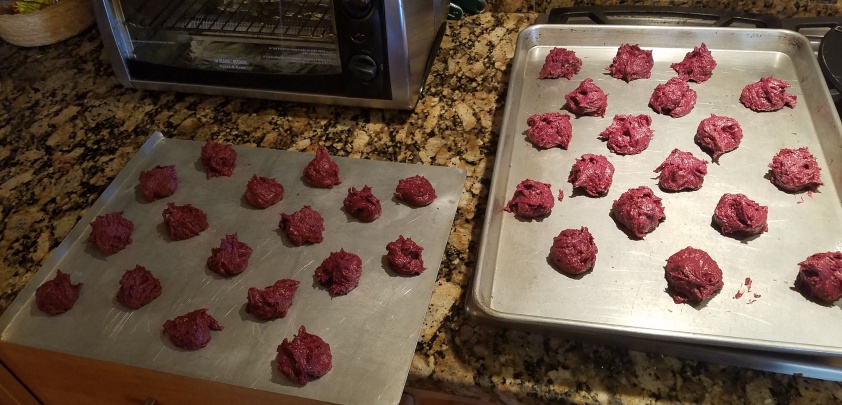
Bake for 18-20 minutes.

Cool and decorate with cream cheese frosting and sprinkle crushed walnuts on the top (optional).

Please credit me and/or my blog, if you share/publish/use this recipe. Thanks!





